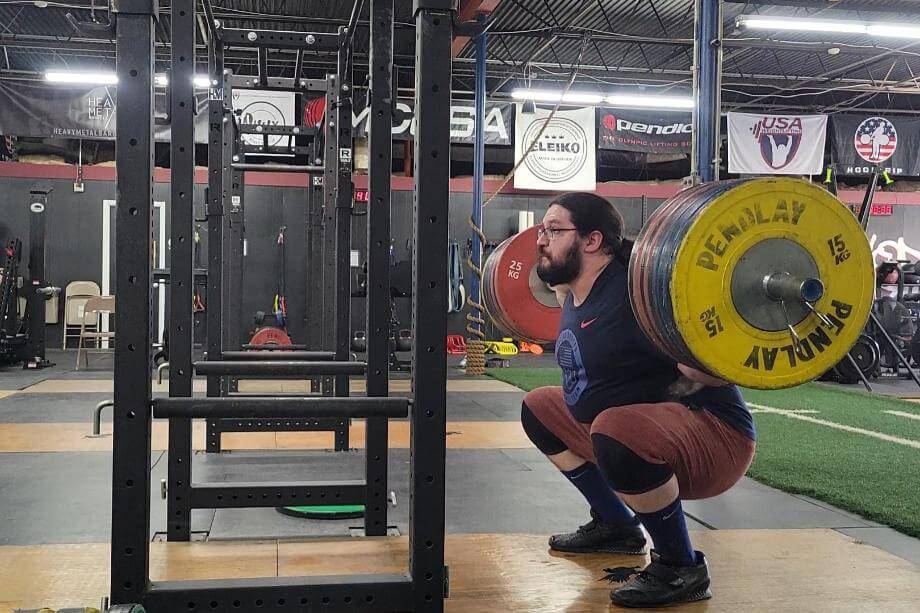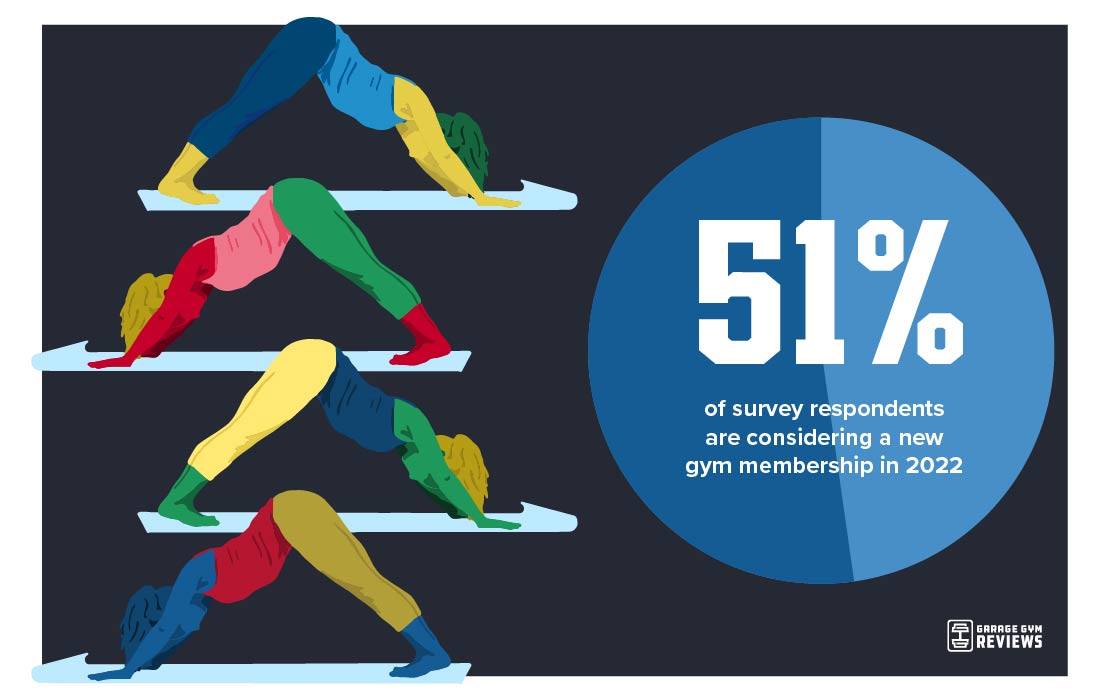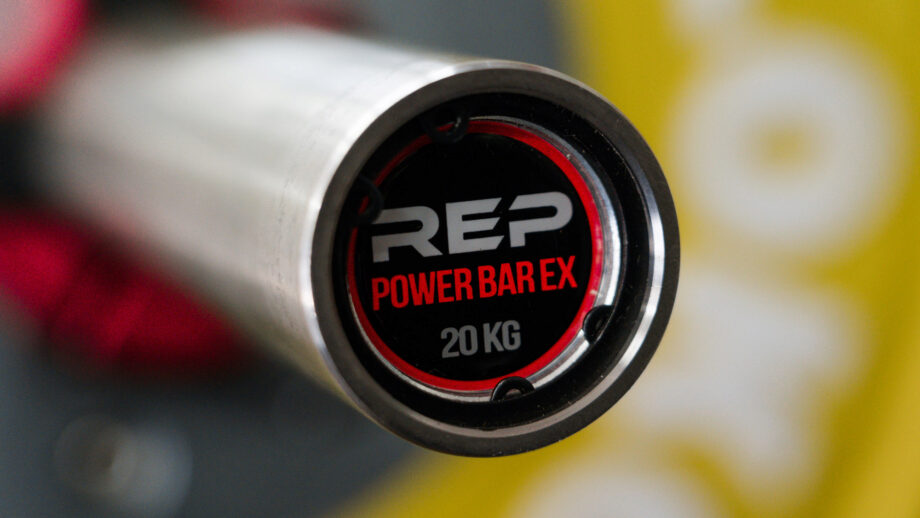If you’re new to strength training or just looking to increase your strength, then you’ve come to the right place. As an Olympian in the strength-based sport of weightlifting, I value improving strength, but it goes beyond just athletics and aesthetics.
Lifting weights and improving your strength levels can not only help you increase your bench press one-rep max, but it can help you build muscle, lose fat, lower your blood pressure, and more, according to a review from “Current Sports Medicine Reports1.”
Before you go hitting the gym to max out, there’s more to building strength than simply lifting heavy weights with the best Olympic barbell and plates. Here, I’ve laid out what I’ve learned as a strength athlete and lifting coach over the last two decades when it comes to increasing strength: the basics, principles of strength, and benefits from improving your strength levels. Read on for my tips on how to increase your strength.
The Basics of Getting Strong
So you want to get strong. But where to start? When we talk about strength in an athletic, physiological sense, we’re usually describing the body’s ability to generate force2. Strength is different from power (although some athletes mistakenly use the terms interchangeably), which is used to describe how quickly one can generate force.
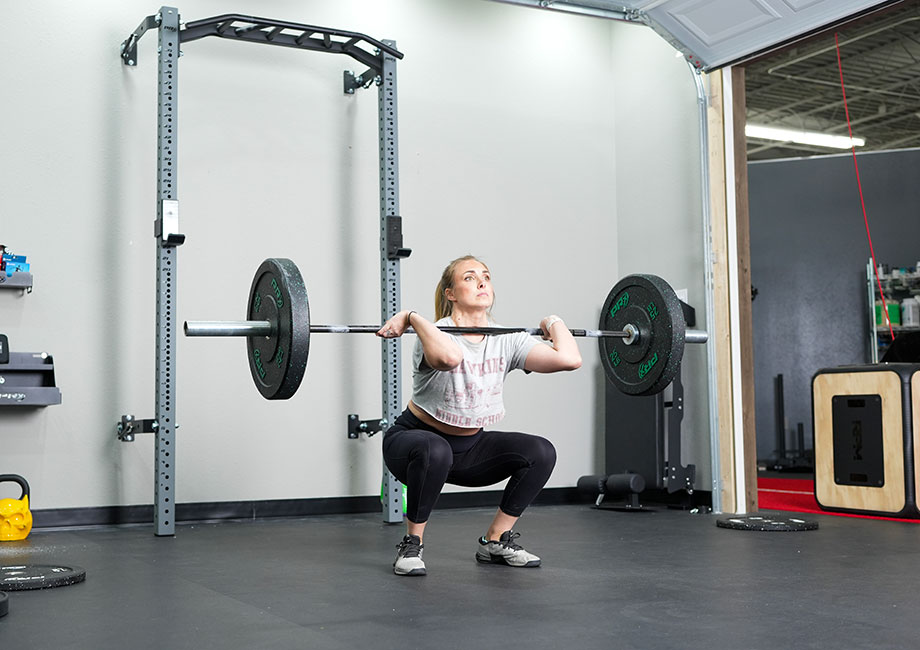
You’re using your muscles to create that force, but it starts before that within the brain and nervous system. The central and peripheral nervous systems are responsible for controlling movement and balance, along with a myriad of other vital functions. They also begin the movement of muscles, being responsible for your body’s ability to produce force.
To get stronger and build strength, you must apply stress to your body—usually in the form of some sort of resistance, like a barbell, dumbbell, or resistance bands—and the body has a physiological response by recovering and adapting to the stressor over time. Your muscles respond to the physical stress, and your brain adapts by learning to coordinate your body to generate force better.
Resistance training is the tried and true method to build strength, as it creates the need for muscle to adapt. However, there are activities outside of the gym that can aid your fitness goals of increasing strength—like sleep, diet, and recovery. We’ll look into those helpful tips in a bit.
Measuring Strength
The most straightforward way to measure strength is by testing your one-rep max. For weighted movements like deadlifts or barbell squats, this is a test to see the most weight you can move for one repetition. After strength training for a few months, athletes typically will retest their one-rep maxes to determine if they’ve gotten stronger.
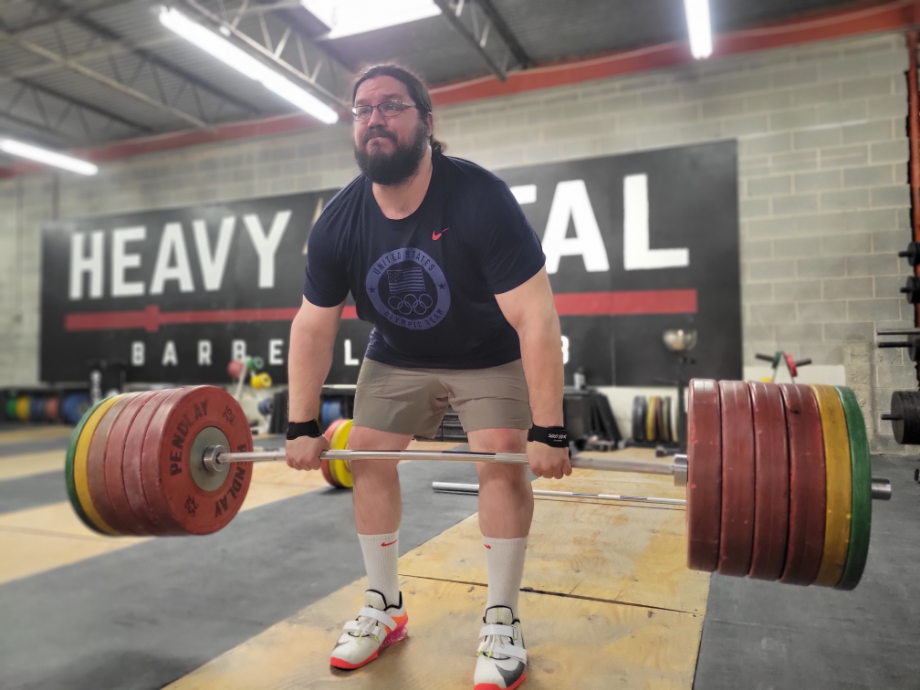
It’s not wise to test your one-rep max daily, or even weekly, or at all if you’re brand new to weight training. Thankfully, there are other metrics to test strength as well, namely reps.
You can either test higher-rep maximums—like a five-rep max—or use the same weight for more repetitions. Say you squat 185 pounds for three repetitions in one training session and then can do it for six reps a month later. That’s an improvement of strength, as you’re able to move weight more, generating more force. Reps can also help measure strength gains with bodyweight exercises, like pull-ups, push-ups, or sit-ups.
RELATED: At-Home Bodyweight Workout
Building Strength vs Building Muscle
While muscle size and strength can influence each other3, muscle strength doesn’t always directly correlate with increasing your lean muscle mass. What does that mean? When you’re trying to build strength, it doesn’t always equate to muscle growth—aka muscle hypertrophy.
A systematic review from 20224 looked at strength training studies with a variety of weight loads, looking at both the strength gains and muscle hypertrophy made by patients in those studies. The review concluded that the greatest strength gains occurred at heavier loads, while the hypertrophy and muscle fiber growth were similar regardless of the weight load.
When we want to program for increased strength, most strength coaches will aim for heavier weights with fewer sets and repetitions. On the other hand, a bodybuilding program that focuses mostly on gaining muscle size will have lighter loads and higher repetitions, although that may not provide as much strength gains as heavier loads would.
How Long Does It Take to Build Strength?
Most strength training programs I’ve seen last for three or four months, and there’s a reason for that. Building strength with resistance training is a process, incrementally progressing over weeks, months, and years of work.
I myself have squatted over 650 pounds, but it took over 15 years of consistent strength training to build up to that weight. The adaptations your muscles and nervous system can make are small, accumulating via consistent and smart strength training over weeks, months, and years.
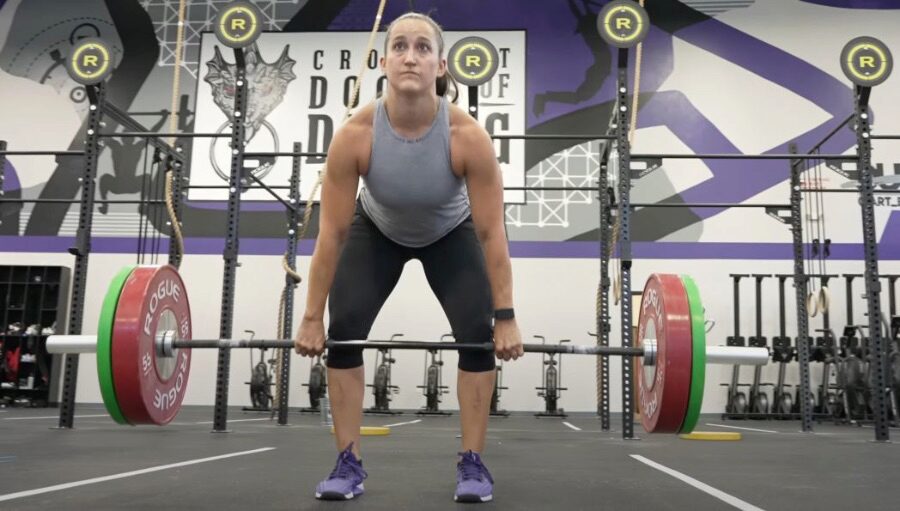
While strength gains can be slow and take time, newer lifters might experience some gains sooner in their strength training journey. A September 2021 review5 explains that the early gains with beginning weightlifters are mostly attributed to nervous system adaptations that allow the lifter to move during strength training exercises with better, more efficient technique. After this, however, lifters will have to rely on the slower incremental changes of muscular adaptation.
Principles of Strength Training
While resistance training is the tool for increasing your strength, you can’t go into the gym and do any exercise/sets/reps you want. Strength training follows several major principles to help you achieve your strength goals and make the most of your workouts.
Progressive Overload
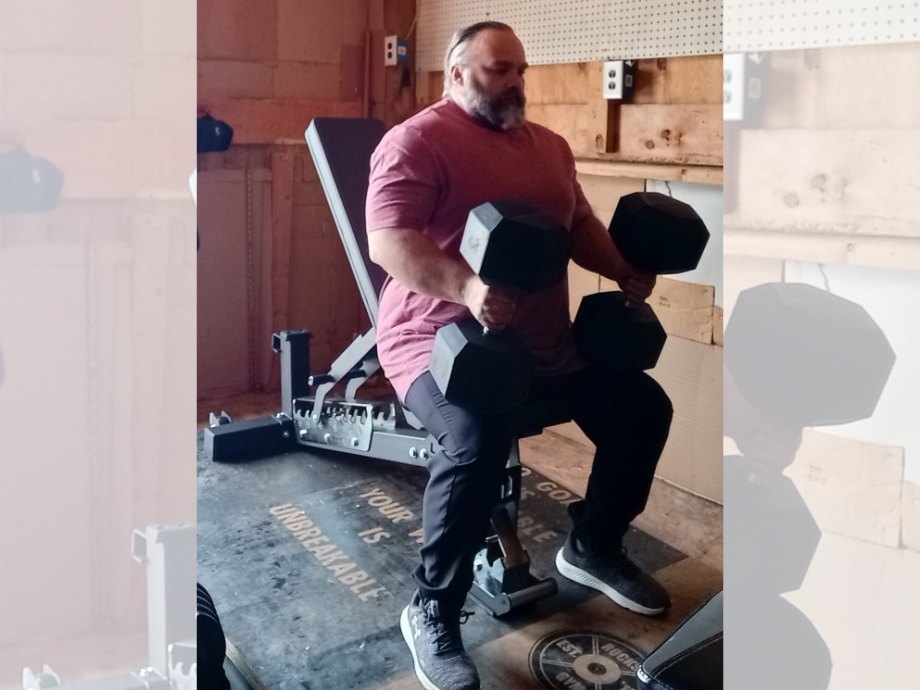
What is progressive overload? It’s one of the most basic principles of strength training, which is the concept of progressively adding more weight or resistance over time to constantly challenge your body to continue to make adaptations to get stronger.
Progressive overload is standard to most types of physical activity and training. In aerobic exercise, you may try running a longer distance; while testing mobility, you may hold a stretch longer. Progressive overload constantly helps your body to continuously make adaptations that result in greater strength, mobility, or cardiovascular endurance.
Periodization
Although progressive overload is a vital part of strength training, you can’t continuously overload the body since it needs adequate time to recover. The next principle helps you train smarter: periodization.
Training with periodization is basically training with a plan; it’s laying out a planning program of light, moderate, and heavy training days to account for proper muscle recovery and maximize strength gains over time. A 2017 study6 concluded that periodized training increased strength more than randomized resistance training.
There are typically three ways we can adjust and periodize our strength training: volume, intensity, and frequency. As you increase your strength, your ability to add intensity, volume, and frequency to a training cycle should also increase.
Intensity
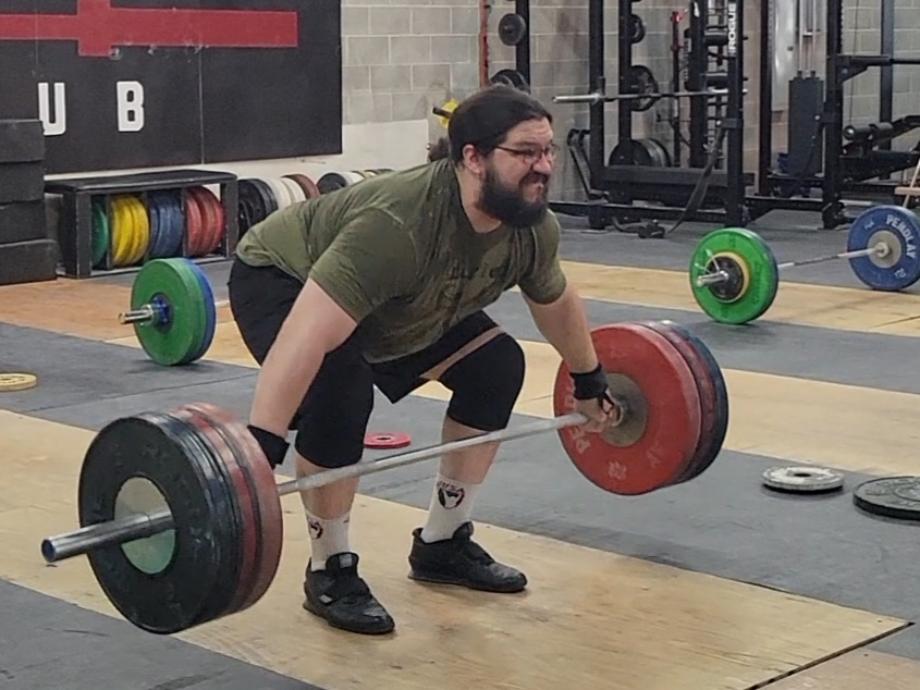
Heavy and light weights vary from person to person. So, most strength coaches will refer to the intensity of a load, a measure of the weight relative to one’s maximum. Lifting at 85% of your one-rep max will be a high-intensity workout, while 50% of your best lift will be a low-intensity workout.
Volume
When athletes talk volume, they’re usually talking about the amount of work done in a certain time frame—either in one training session, over a week, or longer. Usually they’ll count working sets (not including warm-ups) as the measure of the volume for the day or week.
Frequency
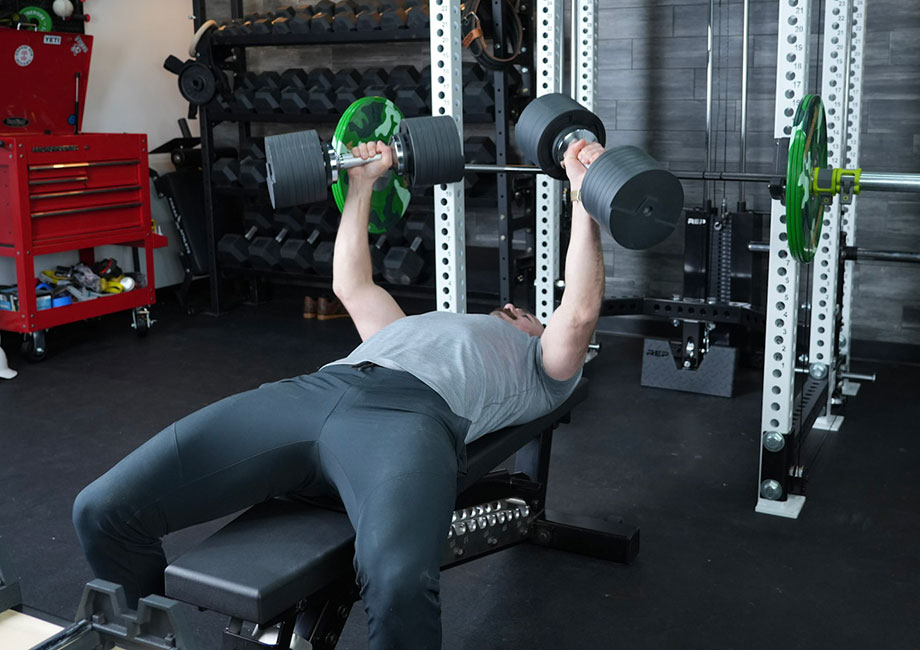
Frequency is measured a little differently than how many workout sessions you have in a week. In strength training, it’s how often you train to build strength. Even more accurately, it describes how often you train certain major muscle groups: legs, arms, back, chest, and shoulders.
A higher frequency of workouts usually means a lower volume for each workout since you need adequate time to recover properly. Most general strength training programs will have you train the full body over the week, but you may address specific muscle groups and exercises only a couple times each week.
Specificity
Another major principle of strength training is specificity. Building strength for a sport or general fitness requires programming built to improve that specific skill.
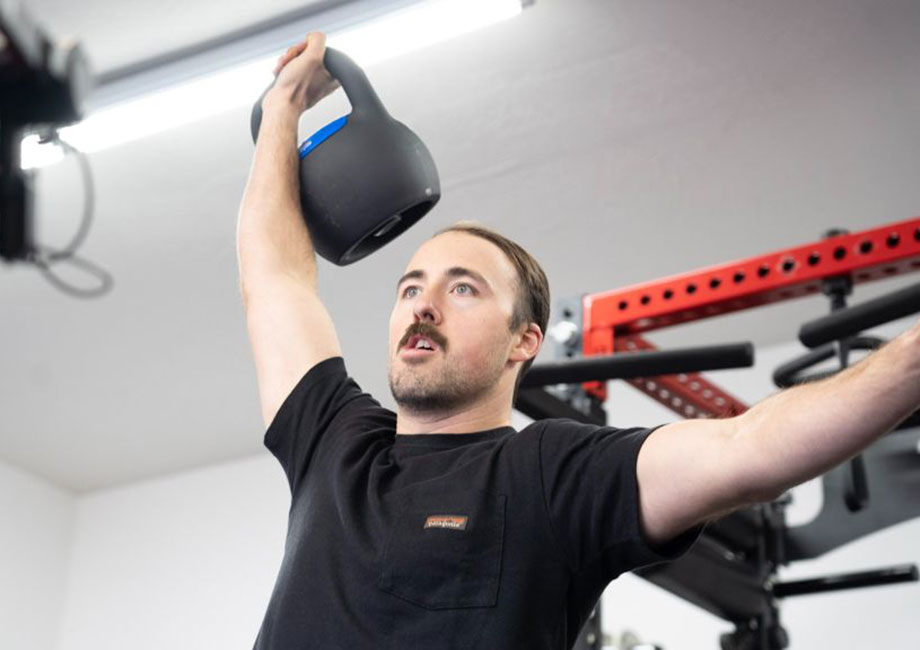
If you want to improve your squat, you’ll need to squat. It’s not all you have to do, but you need to develop the neuromuscular capacity to perform that movement well. As the late weightlifting coach Glenn Pendlay used to tell me and other Muscledriver athletes, “The best way to learn to play the piano is to play the piano; the best way to learn to snatch and clean and jerk is to snatch and jerk.”
RELATED: How to Do the Pendlay Row
The same goes for program design. Powerlifters focusing on improving their one-rep max should use programming with fewer reps at heavier loads.
Recovery
I’m not talking about using the best muscle recovery tools in between workouts—although that can be helpful. A program geared for strength training should allow for an athlete to properly rest and recover between sessions, as well as week to week.
Common ways to incorporate recovery in strength training are the use of lighter days, in which the intensity and volume are decreased considerably. Additionally, programs can use deloads, usually seen as a low-intensity week following a few higher-intensity weeks of training.
Technique
Good technique in strength training isn’t just going to lower your risk of injury, but it’ll help your lifting be more efficient as well, leading to larger strength gains. Especially when learning compound exercises, the proper form and technique in a movement are vital.
Your technique may need slight adjustments due to your body’s make-up. For example, a lifter with a short femur and long torso may be more upright in the bottom of a squat than a long-femured athlete; here, the technique is proper for each person, but biological factors are making an impact on what technique works best for them.
RELATED: Squat Anatomy
Variety
Doing the exact same weight for the exact same sets and reps of the exact same exercise day after day will begin to stale your strength gains. Your body will make adaptations based on that stimulus, but the same stimulus will create less and less adaptations over time.

So, how do you keep muscle strength gains fresh and constant? Add some variety to your program. Periodization already adds variety to the sets and reps of exercises, but you can change up how you train major muscle groups. Instead of always squatting, try out some lunges. If you’ve been doing biceps curls for the last month, try chin-ups on a pull-up bar this month to stimulate the biceps in a different way.
Ways to Strength Train
There are lots of ways to train for strength. Let’s look at what home gym essentials and gym machines can help you build strength in your resistance training.
Free Weights
When people imagine training with free weights, the stereotypical image of a powerlifter lifting a massive barbell from the floor comes to mind. However, lifting with free weights simply means lifting weights that aren’t fixed on a machine. Free weight training allows an athlete to move freely during the movement, which also trains the athlete’s coordination and balance. Plus, it can recruit other muscles and your core to stabilize the movement.
RELATED: What is Functional Fitness?
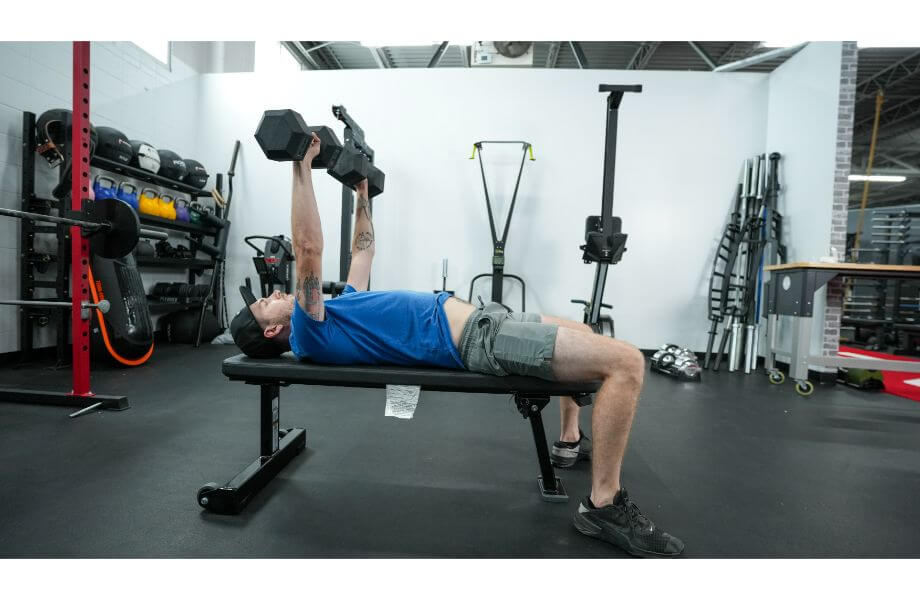
While barbells, weight plates, and dumbbells are the more popular free weights to train with, here are a few other types of free weights you can use for strength training.
- Resistance bands
- Kettlebells
- Odd objects (sandbags, medicine balls, etc.)
Machines
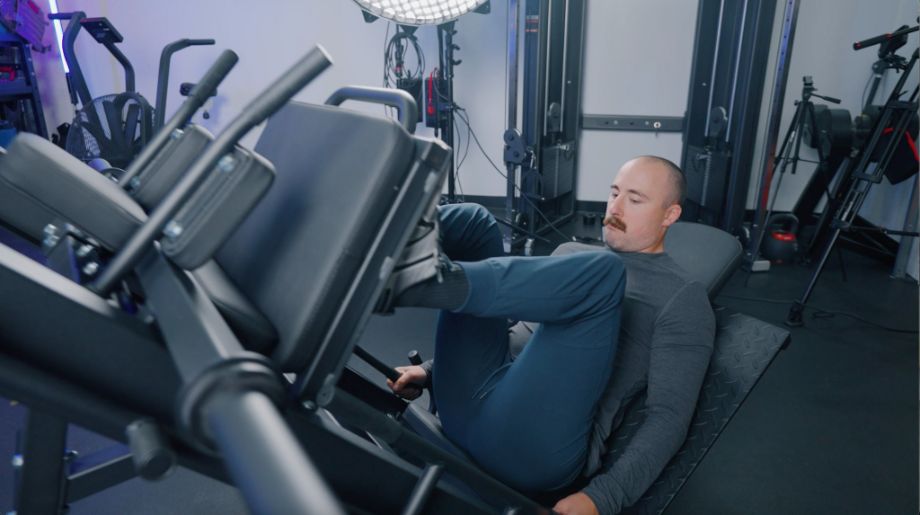
Because strength machines can be fixed for one plane of motion, they’re often better for isolating specific muscles. Plenty of arm and leg machines use either weight plates or a weight stack, are connected by cables and pulley systems, or the machine is connected to a bar (like a Smith machine). Common strength machines include:
- Functional trainer
- Leg curl and leg extension
- Smith machine
- Lat pulldown and low row machine
- Leg press
Bodyweight Training
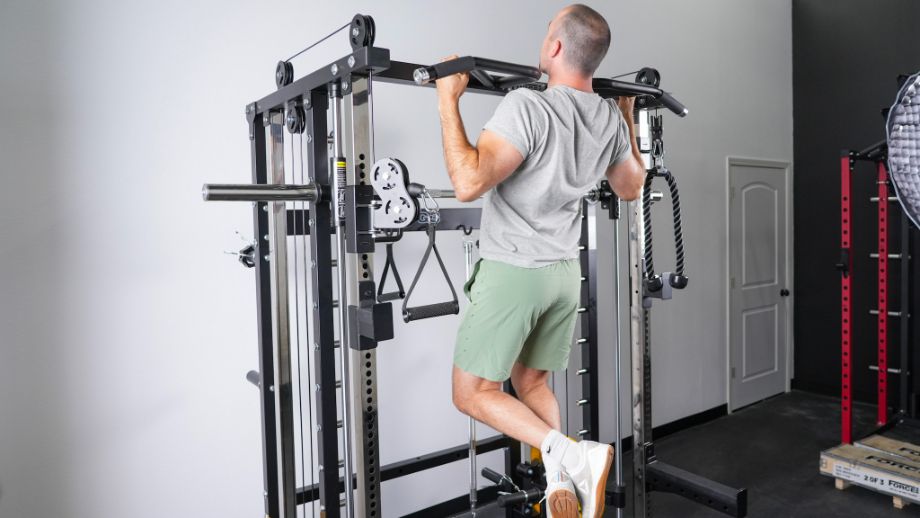
Bodyweight exercises are unique in that the resistance comes from your own body weight. These include push-ups, pull-ups, air squats, sit-ups, and more. The way to increase difficulty and progressively overload a bodyweight exercise is by increasing the number of reps you do.
You can also increase the load with a weighted vest or holding onto a dumbbell during a movement.
RELATED: 12 Underrated Dumbbell Exercises
Strength Sports
Perhaps you’re wanting more than just increasing your general strength overall. Some people want to compete in being strong. Others may just be more drawn to a certain mode or style of training. For those with a competitive nature, strength sports are plenty.
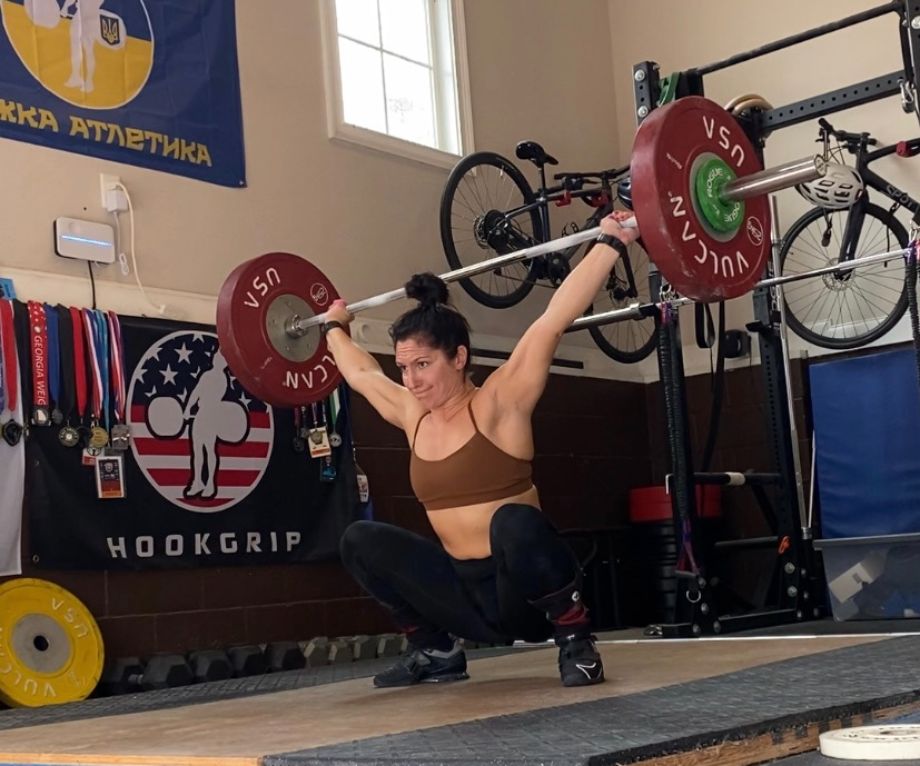
There are several different strength sports, each with their own specific skills or exercises to focus on.
- Powerlifting: The classic three strength movements—the back squat, bench press, and deadlift—are tested in powerlifting. Most powerlifting programs focus on building raw strength for these three lifts, so sets are with heavier weights and fewer repetitions at a time.
- Olympic Weightlifting: This type of lifting is what I compete and train in. The competition lifts are the snatch exercise and clean and jerk. These lifts train athletes in explosive strength and power more so, but competitive weightlifters also do plenty of squats and pulls to build strength for heavy clean and jerks.
- Bodybuilding: The sport of bodybuilding is less about building strength and more about building muscle. Athletes will pump iron to build muscle and also cut weight before a show to get the lean look you see at competitions. Bodybuilding training typically uses higher repetitions to emphasize muscle growth.
- CrossFit and functional fitness: Functional fitness is a type of training that emphasizes full-body exercises that help build the core and mimic everyday movements in life. The most common competition involving functional movements is CrossFit. Although CrossFit emphasizes cardiovascular endurance and stamina as well, athletes will train strength routinely in a CrossFit program.
- Strongman: Strongman competitions have a variety of events where athletes compete to move odd objects in different ways quickly and efficiently. Because of the variety of events, from giant Atlas stones to tractor tire flips, strongman training consists of a fair balance of traditional strength training, also paired up with a lot of odd object training, specific to the sport.
RELATED: Powerlifting Workout
Sample Strength Training Workout
There are quite a few classic workout programs that follow the principles of strength training: the Jim Wendler 5/3/1 workout, Bill Starr’s 5×5 workout program, or Mark Rippetoe’s Starting Strength. If you’re still looking for ideas, you can follow this sample program, which demonstrates the principles of strength training.
Day 1
- Back Squat: 3 x 6
- Deadlift: 3 x 6
- Lunges: 3 x 10
- Back Extension: 2 x 10
Day 2
- Bench Press: 3 x 6
- Barbell Rows: 3 x 6
- Pull-Ups: 3 x 6
- Dumbbell Lateral Raises: 2 x 10
Day 3
- Back Squat: 5 x 3
- Romanian Deadlifts: 3 x 5
- Leg Curls: 3 x 8
- Side Lunges: 2 x 8
Day 4
- Bench Press: 5 x 3
- Dumbbell Row: 3 x 5
- Lat Pulldowns: 2 x 10
- Front Raises: 2 x 10
In this 4-day sample workout, the exercises are broken up into two upper and lower body days to provide adequate rest for each of the major muscle groups. Additionally, one day has lower reps for the major exercises (squats and bench), meaning a heavier day, and the other days have higher reps, which will be ideal for a lighter day. This is by no means a comprehensive workout plan, but a great template to help you structure your workouts.
Tips to Help Build Strength
If you’re already strength training, fantastic. But are you getting the most out of your training? Here are some tips I’ve learned over the past 25 years of strength training that might help you get closer to your next personal best.
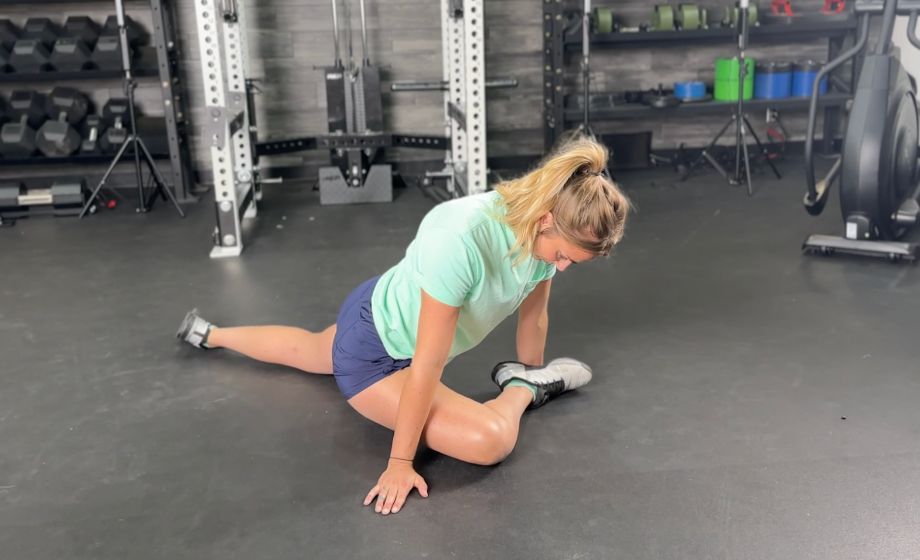
- Warm up properly: Don’t immediately put your one-rep max on the bar. Warm up to loosen up and activate muscles you’ll be using with stretches and lighter bodyweight movements. You’ll also want to warm up in weight, too, to allow the nervous system to gradually feel the increasing load before your working sets.
- Fuel your body properly: To properly gain strength and build muscle, you have to fuel yourself properly. Make sure you’re eating enough calories to promote muscle gain. Eat high-protein foods with good carbohydrates and healthy fats to maximize your strength, and use supplements to fill gaps in your diet.
- Try some compound exercises: Compound exercises are functional movements that involve multiple muscle groups, like squats and deadlifts. If you’ve mostly used machines, try some free weight movements that can involve your core and back more to strengthen your stabilizing muscles as well.
- Get enough sleep and rest: Typically, overtraining is less a problem of working out too much, and more of a problem of not recovering enough. A review from September 20187 states that inadequate rest can increase your risk of injury while training. Make sure to get enough sleep, and take advantage of your rest days.
- Be patient and consistent: Building strength is a process, and it takes time. Be patient with yourself, and don’t be frustrated when strength gains don’t immediately show up after a week. Likewise, be consistent in your training—not skipping weeks at a time—and the increases in strength will begin to grow.
- Track and log your workouts: Because of how long strength gains can take, it’s good to keep track of workouts, to see your progress over time. You can keep it old-school like me with a notebook, or you can use a workout app to record your exercises and sessions.
- Work with an expert: Especially if you’re new to strength training, having some guidance will ensure you’re making the most out of your time in the gym. Consult with a certified personal trainer (CPT) or a certified strength and conditioning specialist (CSCS) to get programming specifically tailored to your needs.
RELATED: Best Strength and Conditioning Certifications
Benefits of Increasing Strength
We’ve talked a lot about how to get strong, but why should you get strong? There are tons of health benefits to increasing your strength besides having biceps that look like pythons.
Improves Longevity
Strength training isn’t just about building muscle; it can also help older adults preserve muscle. Studies1 show inactive adults can lose between 3% and 8% of muscle mass each decade, so training to build muscle and strength will help retain that muscle mass as you age.
Can Help Muscle Growth
Again, muscle growth is a different quality than muscle strength; still, there’s quite a relationship between the two traits. Improving one generally helps improve the other.
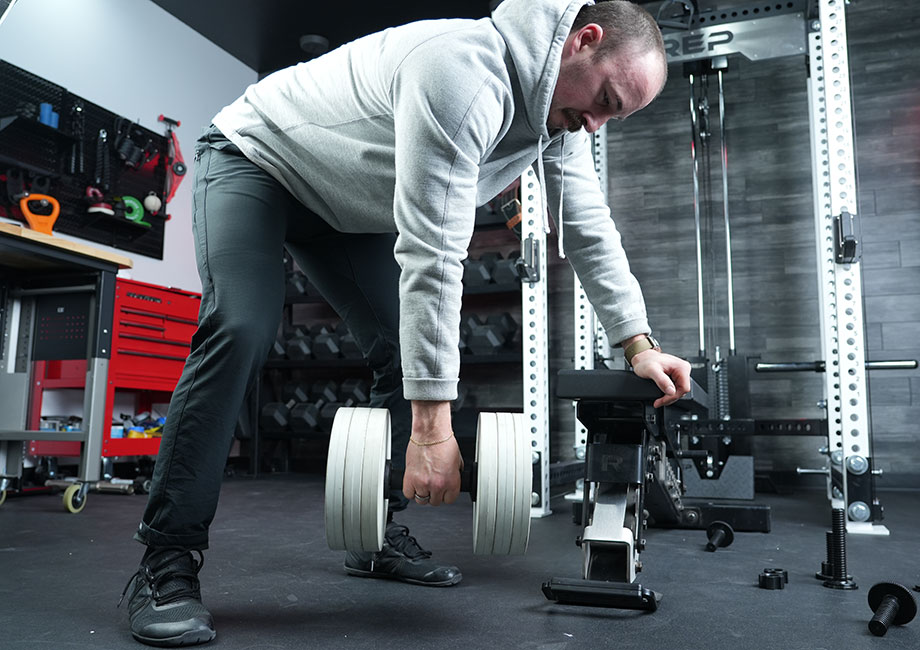
Muscle growth, in particular, will help increase strength when you’re properly fueling your body. A 2019 review8 states that your body needs to consume more protein than it breaks down from training to properly promote muscle growth. As always, make sure you’re getting enough protein to properly fuel your muscles during your strength training.
Can Create Stronger Bones
Along the same lines of muscle preservation, building strength through strength training can benefit your skeletal system, too.The loads that a lifter endures through strength training helps increase bone density to support the heavier loads. Additionally, a December 2018 review9 concluded that resistance training helps maintain muscle mass anda healthy bone density as you age.
May Help Prevent Injuries
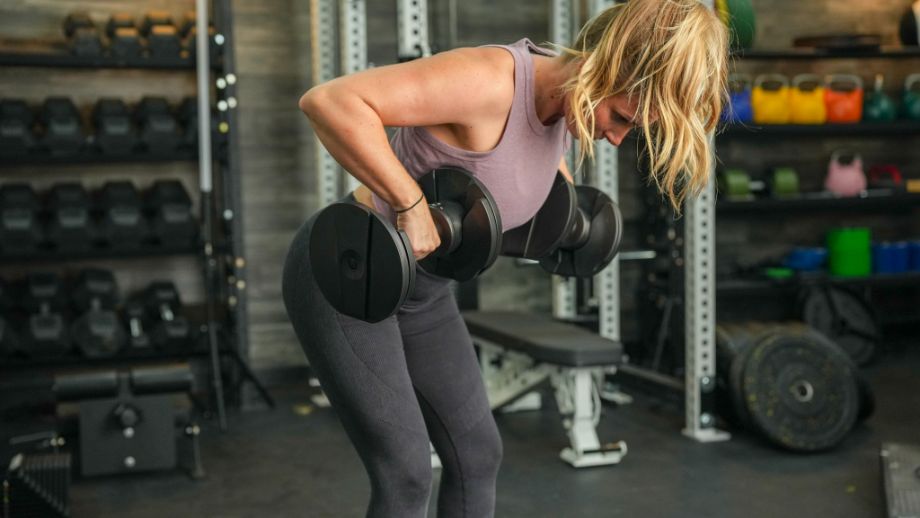
Stronger muscles—in addition to a more connected and efficient nervous system plus stronger bones—help your body be more hardy. A review from 201610 states that increased muscle strength can improve athletic performance and help decrease the risk of injury. Stronger bones and muscles and more efficient movement will make your body more resilient to outside stressors.
I’m not saying you’ll never get injured. With any training, there comes a possible risk of injury; while the risk is relatively low11 when compared to contact sports, there’s still a chance of injury. Also, being strong and athletic won’t be a guarantee that you’ll never be injured. Because of that, I always recommend emphasizing good form before loading the barbell with maximal weights.
RELATED: Proper Squat Form
Can Improve Cardiovascular Endurance
Obviously, strength training doesn’t require the same demands of cardiovascular endurance that running a marathon does. On the other hand, strength training does still offer some cardio health benefits. One review from 201412 shows that endurance athletes who incorporated strength training to their training regimen actually improved their performance in time trials.
How To Increase Strength: Final Thoughts
There’s no way around it: Resistance training is the most effective way to increase your strength. While there are a variety of disciplines and types of gym equipment available to train strength, an effective strength training program should follow some basic principles of strength training:
- Progressive overload
- Periodization
- Specificity
- Technique
- Recovery
- Variety
In addition to an effective training program, you should make sure you’re eating enough food to fuel your body through these workouts, as well as recovering with sleep and the best supplements for muscle growth. Stay consistent with your routine and be patient with the process of building strength—it’s a journey.
Finally, if you’re new, talk with a personal trainer or strength coach to get an idea of what type of strength training is right for you.
How To Increase Strength: FAQs
Is strength training safe?
While no workout routine guarantees zero injuries, traditional strength training is a relatively safe training method. One review11 compared strength sports—Olympic lifting and powerlifting—to contact sports, like football, basketball, or soccer. Across the board, strength sports had injury rates comparable to other non-contact sports, much lower than contact sports. Another review from 201610 actually showed that strength training can help decrease your risk of injury, too.
How long does it take to build muscle?
There’s no set timeline for building muscle, except that it takes time. Factors such as nutrition, recovery, and your training program can all impact how long it takes for you to build muscle, as well as individual aspects like your age or sex.
If I’m trying to build strength in a specific exercise, say a bench press, I’ll typically train the movement for 8 to 12 weeks before retesting a one-rep max.
How can you make a resistance band workout harder?
The easiest way to make a resistance band workout more difficult is to increase the resistance of the band. You can use a thicker band for exercises, or you can stack multiple bands together to increase the resistance.
RELATED: Bodylastics Resistance Bands Review
It’s important to note that the resistance of a band increases the more it’s stretched, so increasing the range of motion of a resistance band will also increase the difficulty of a movement.
What is the best way to increase strength?
The best way to increase strength is through resistance training, where you apply an external force to your body, and your muscles (along with your nervous system) make adaptations to become stronger to handle those external loads. There are myriad ways to create resistance, but free weights, strength machines, or bodyweight movements are the most common.
References
- Westcott, Wayne L. PhD. Resistance Training is Medicine: Effects of Strength Training on Health. Current Sports Medicine Reports 11(4):p 209-216, July/August 2012. | DOI: 10.1249/JSR.0b013e31825dabb8
- Winter, Edward M.1; Abt, Grant2; Brookes, F.B. Carl3; Challis, John H.4; Fowler, Neil E.5; Knudson, Duane V.6; Knuttgen, Howard G.7; Kraemer, William J.8; Lane, Andrew M.9; Mechelen, Willem van10,11,12; Morton, R. Hugh13; Newton, Robert U.14; Williams, Clyde15; Yeadon, M. R.16. Misuse of “Power” and Other Mechanical Terms in Sport and Exercise Science Research. Journal of Strength and Conditioning Research 30(1):p 292-300, January 2016. | DOI: 10.1519/JSC.0000000000001101
- Akagi R, Kanehisa H, Kawakami Y, Fukunaga T. Establishing a new index of muscle cross-sectional area and its relationship with isometric muscle strength. J Strength Cond Res. 2008 Jan;22(1):82-7. doi: 10.1519/JSC.0b013e31815ef675. PMID: 18296959.
- Carvalho L, Junior RM, Barreira J, Schoenfeld BJ, Orazem J, Barroso R. Muscle hypertrophy and strength gains after resistance training with different volume-matched loads: a systematic review and meta-analysis. Appl Physiol Nutr Metab. 2022 Apr;47(4):357-368. doi: 10.1139/apnm-2021-0515. Epub 2022 Jan 11. PMID: 35015560.
- Pearcey GEP, Alizedah S, Power KE, Button DC. Chronic resistance training: is it time to rethink the time course of neural contributions to strength gain? Eur J Appl Physiol. 2021 Sep;121(9):2413-2422. doi: 10.1007/s00421-021-04730-4. Epub 2021 May 30. PMID: 34052876.
- Williams TD, Tolusso DV, Fedewa MV, Esco MR. Comparison of Periodized and Non-Periodized Resistance Training on Maximal Strength: A Meta-Analysis. Sports Med. 2017 Oct;47(10):2083-2100. doi: 10.1007/s40279-017-0734-y. PMID: 28497285.
- Walters BK, Read CR, Estes AR. The effects of resistance training, overtraining, and early specialization on youth athlete injury and development. J Sports Med Phys Fitness. 2018 Sep;58(9):1339-1348. doi: 10.23736/S0022-4707.17.07409-6. Epub 2017 Jun 8. PMID: 28597618.
- Krzysztofik M, Wilk M, Wojdała G, Gołaś A. Maximizing Muscle Hypertrophy: A Systematic Review of Advanced Resistance Training Techniques and Methods. Int J Environ Res Public Health. 2019 Dec 4;16(24):4897. doi: 10.3390/ijerph16244897. PMID: 31817252; PMCID: PMC6950543.
- Hong AR, Kim SW. Effects of Resistance Exercise on Bone Health. Endocrinol Metab (Seoul). 2018 Dec;33(4):435-444. doi: 10.3803/EnM.2018.33.4.435. PMID: 30513557; PMCID: PMC6279907.
- Suchomel TJ, Nimphius S, Stone MH. The Importance of Muscular Strength in Athletic Performance. Sports Med. 2016 Oct;46(10):1419-49. doi: 10.1007/s40279-016-0486-0. PMID: 26838985.
- Aasa U, Svartholm I, Andersson F, Berglund L. Injuries among weightlifters and powerlifters: a systematic review. Br J Sports Med. 2017 Feb;51(4):211-219. doi: 10.1136/bjsports-2016-096037. Epub 2016 Oct 4. PMID: 27707741.
- Beattie K, Kenny IC, Lyons M, Carson BP. The effect of strength training on performance in endurance athletes. Sports Med. 2014 Jun;44(6):845-65. doi: 10.1007/s40279-014-0157-y. PMID: 24532151.


